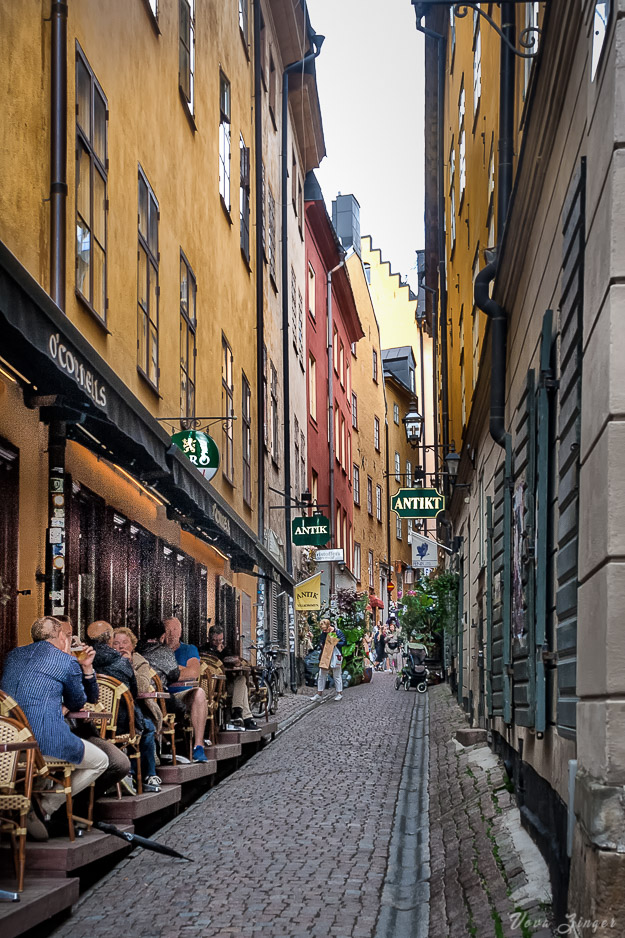BronsonShore
Active Member
- Joined
- Feb 13, 2014
- Messages
- 454
- Reaction score
- 1,350
America's Walking City (TM) doesn't have enough places where people can walk.
Boston should take on an aggressive policy that seeks to (1) pedestrianize as many streets as practicality allows in certain commercialized, high-foot traffic areas, and (2) activate Downtown Boston's many quirky little alleys with retail and dining. With a medieval downtown filled with wonderfully tight, twisting streets, Boston should be known as the only US city with a network of activated pedestrianized streets and alleys that rivals what you see in places like Oslo, London, and Istanbul:
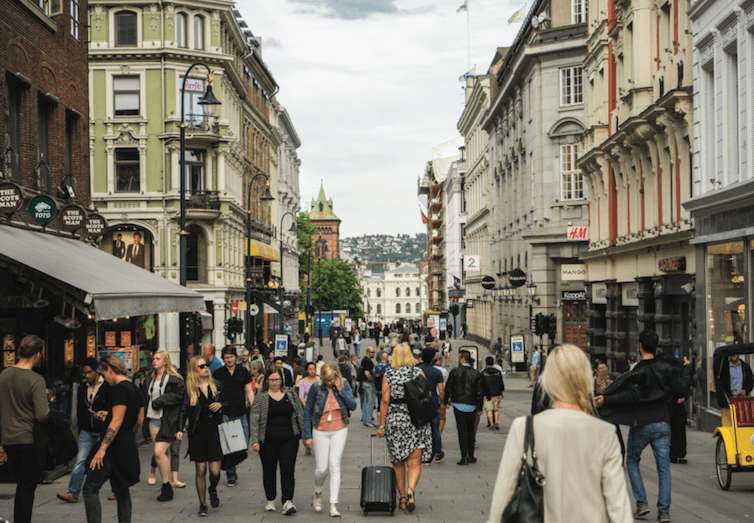

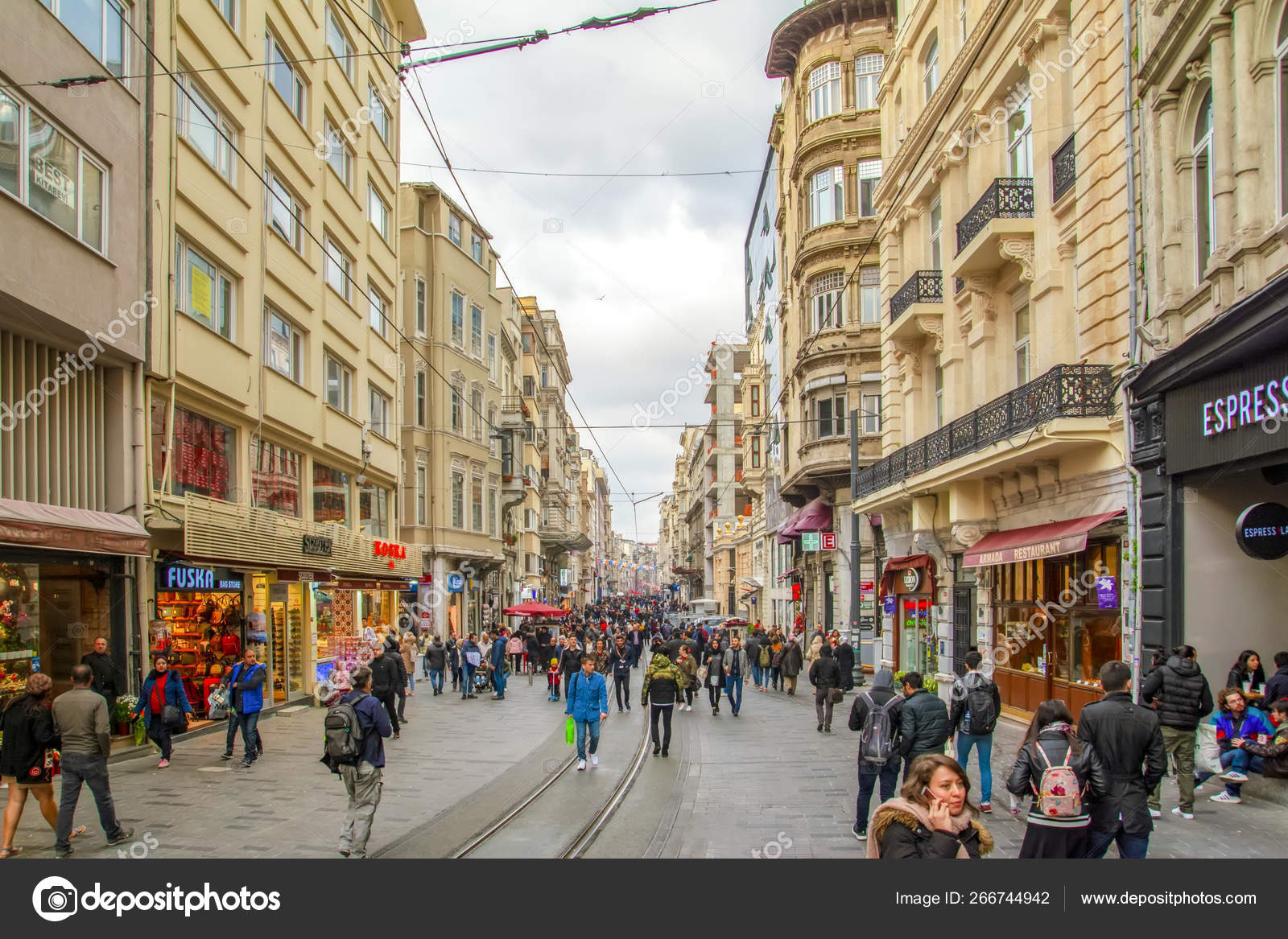
Instead, all we've got is the Blackstone Block and a half-assed Downtown Crossing that retains most of it's raised sidewalks and is filled with delivery and civil service vehicles at all hours (though admittedly, it is slowly getting better thanks to the MT plaza and Summer Street improvements).
At the bare minimum, here's what the Downtown Boston pedestrianized network should look like (red = existing or planned pedestrian ways, orange = proposed pedestrian ways, yellow = proposed alley activation):

The biggest change here would be State Street, which the city has at least whispered about pedestrianizing. With the harbor and Greenway on one end, the Old State House on the other, and the Custom House Tower right in the middle, this could be Boston's version of Las Ramblas or Istiklal (or hell, if you want to stay close to home, Church Street in Burlington):


Take out the sidewalks, fill it with cafes and restaurants, and connect it to Quincy Market with attractive little hidden alleys that can be filled with micro-retail and bars. And then finish it all off by giving the old State House the proper, hardscaped European-style plaza it deserves. Imagine this view with a unified design, sidewalk tables, and maybe a modest fountain centered on the State House doors:

Next, pedestrianize Canal street, as people on this board have suggested before. The bars, cafes, and foot traffic are already here! Let this street breath, and create a pedestrian network that takes you all the way from the Garden to Boston Common:


Moving to another locale where pedestrianization has been actively discussed, let's go to the North End. Surprisingly, I actually don't want to see Hanover pedestrianized, as has been frequency discussed. My fear is that the North End is highly Disney-fied as is, and pedestrianization of Hanover will merely lead to the restaurants being replaced by chain retail. I do, however, love the idea of expanding North Square and pedestrianizing Prince Street, as was done this summer. This was absolutely wonderful, let's keep it going:
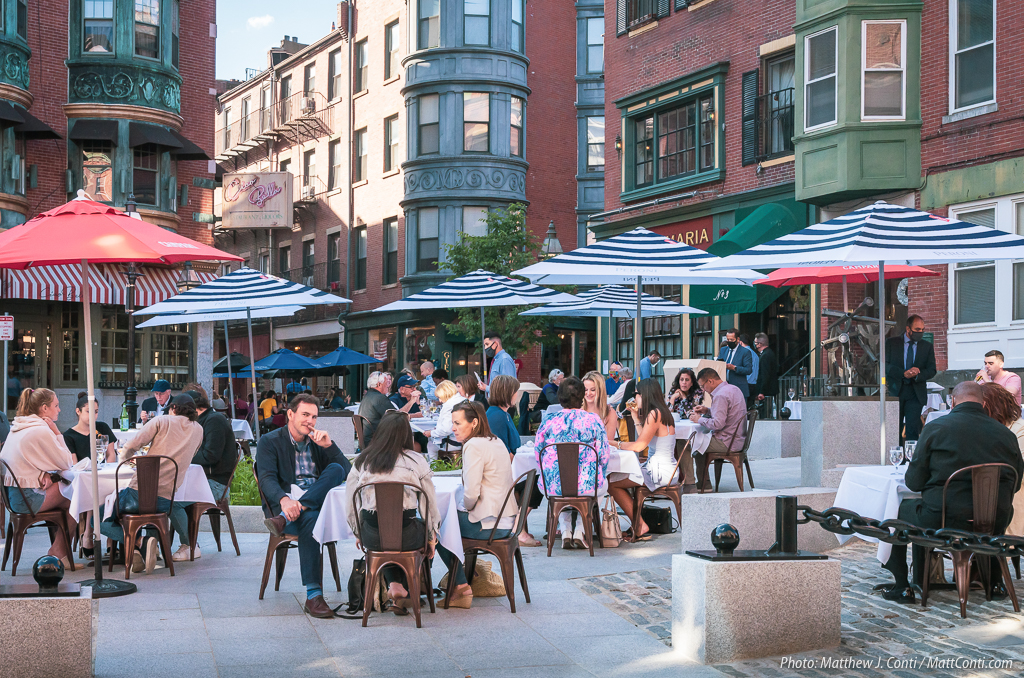

Then, let's get to work on the alleys. My favorite city in the world is Istanbul. No other place so wonderfully blends the pulsing energy of Manhattan or London, the natural beauty of San Francisco or Cape Town, and the old world architecture and place-making of Rome or Paris. And while we'll never be able to replicate the majesty of the Bosporus on the banks of Charles River, we can replicate what they do with their alleys. In beautiful, lively Istanbul, no alley is too small to host street scenes like this:
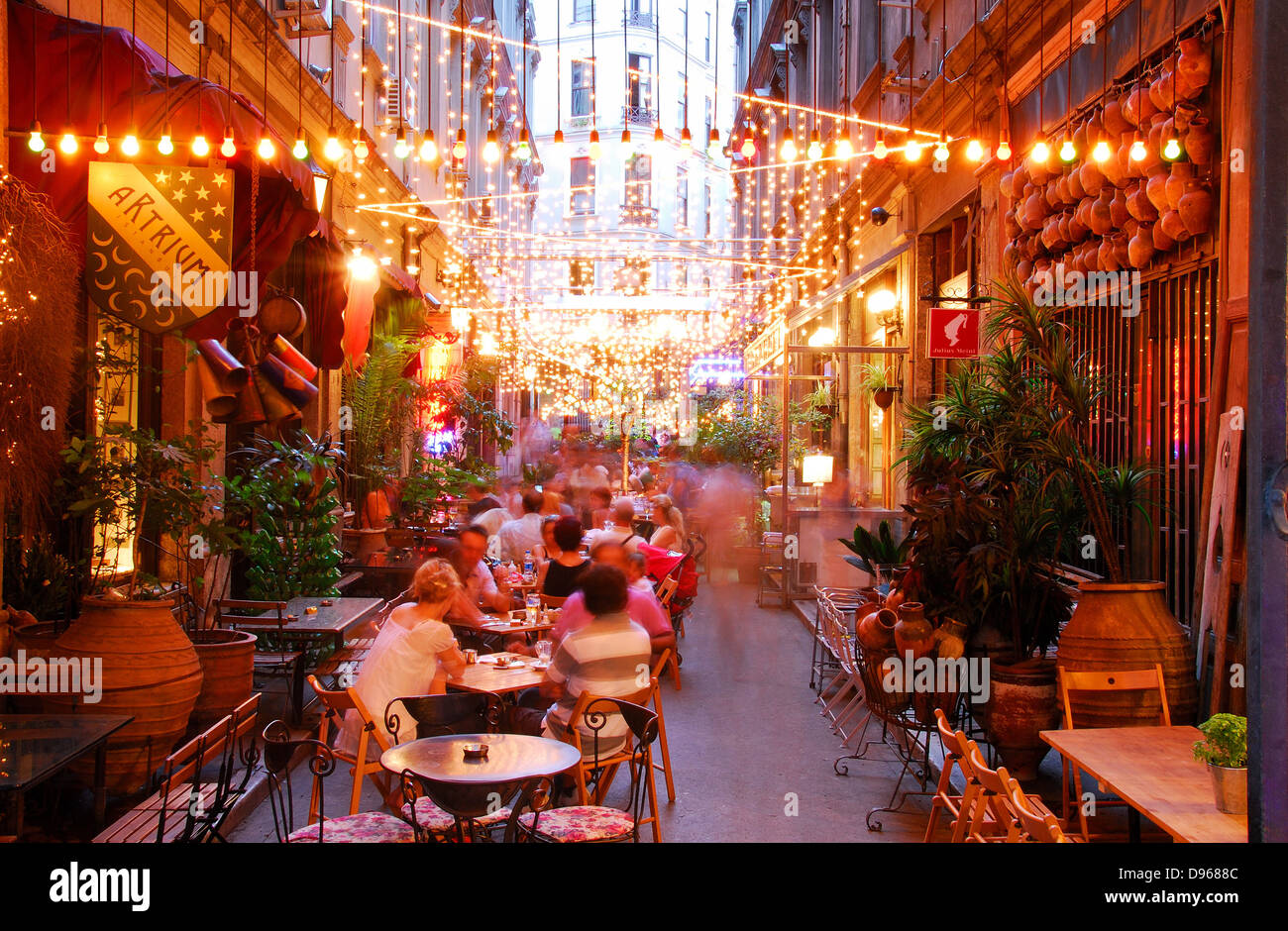
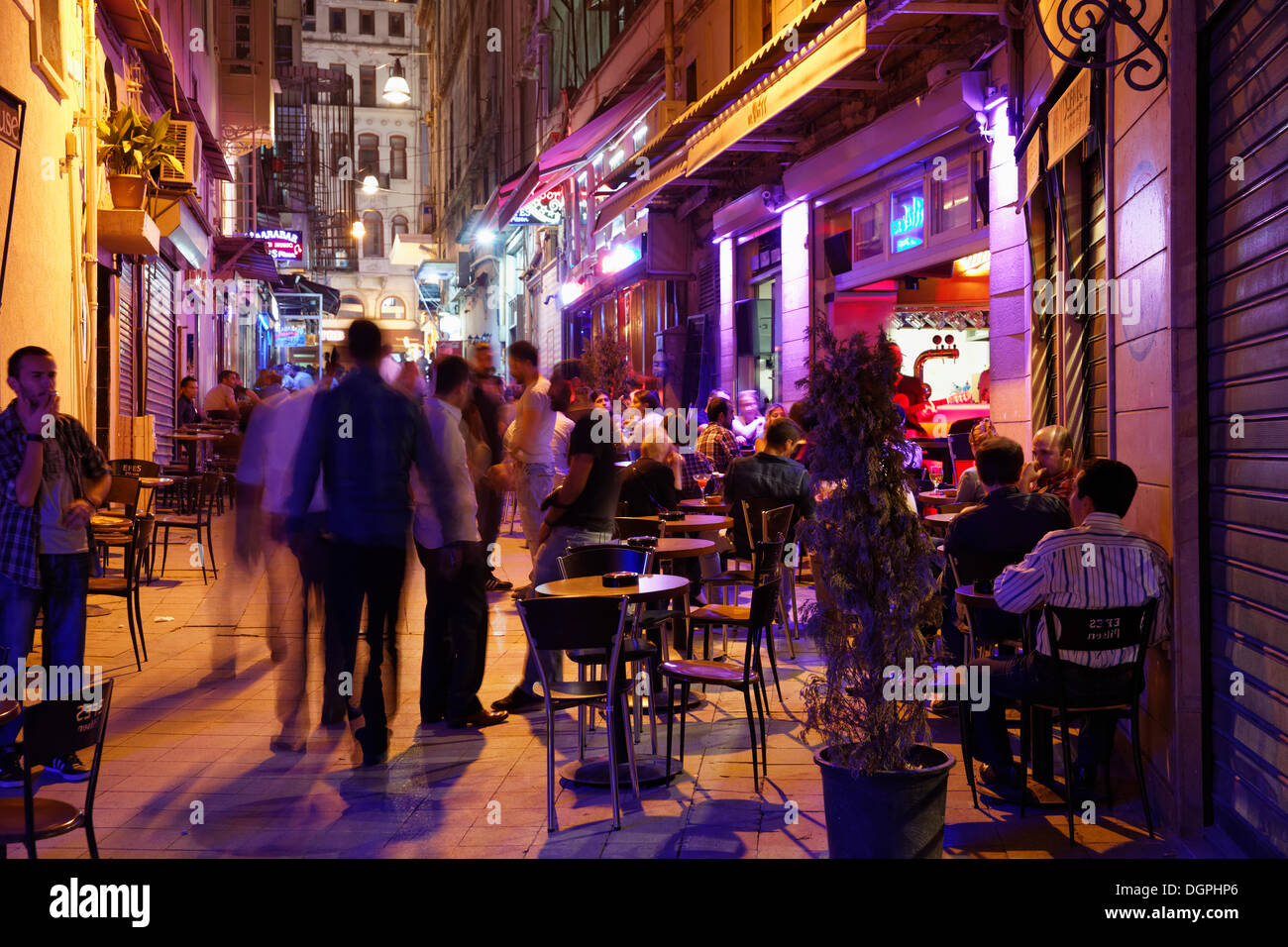

The Quaker Lane development is my favorite active project in the city because we might get something like the above out of it, but there are a bunch of other alleys around that should get the same treatment.
Winthrop Lane already has a retail spot. Let them scatter some tables around without the annoying and unnecessary barriers you see on every patio elsewhere in the city and, once they rebuild Winthrop Square when the tower's done, you'll have one of the most pleasant places in Boston to grab a coffee for a few quiet minutes:

Spring Lane is so close, too. One side of the alley is a great hidden little bookstore. On the other is one of the most beautiful buildings in the city. This patch of brick should never be empty:
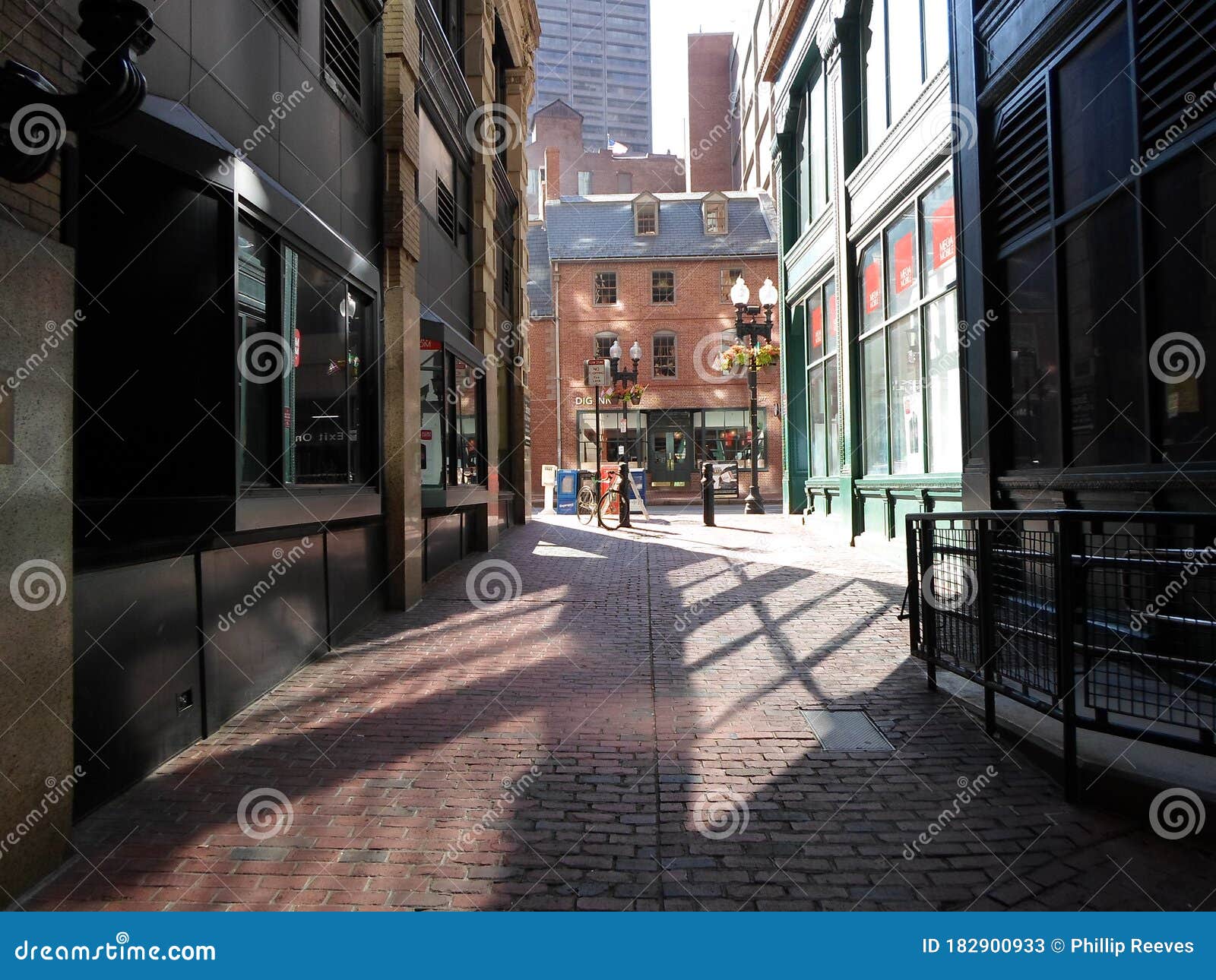
The Marliave patio on Bosworth is a wonderful little urban space. . . that unfortunately is literally walled off from the rest of its sad, neglected alley:
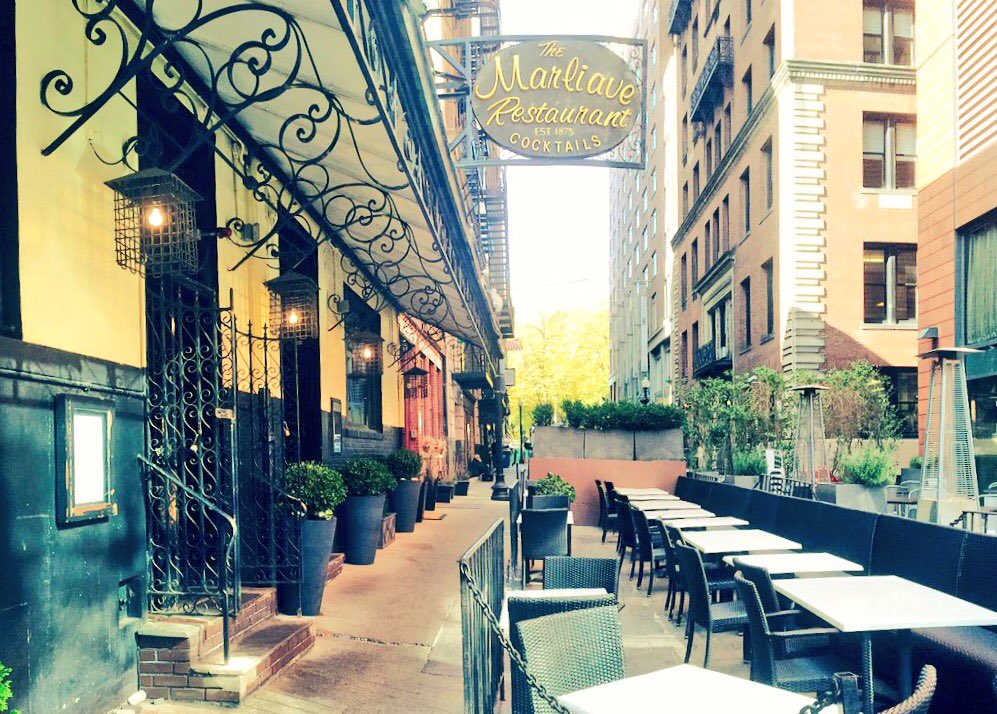
Court Square is largely devoid of things like loading docks and parking garage entrances that make pedestrianization difficult in some of these places, and it's fronted by beautiful architecture to boot. Let it come to life:

And then connect it to a reinvigorated Pi Alley. Though it now appears to merely be an entrance to a parking garage, Pi Alley holds a quirky little place in Boston history as the former home of newspaper printing operations. In my dream scenario, the city would re-link it to it's literary past by turning it into an open air market for small press publishers and local artists. Add some funky lighting, put some street art on the walls, and do something to take Boston's title of the literature capital of America back from Brooklyn (in this dream scenario, someone rich would also buy the nearby Old Corner Bookstore and return it to its former glory):

Downtown Boston's collection of tight, twisting, medieval alleys and streets is an asset that no other city in the country can match. We should take advantage of them and build a series of urban places that are utterly unique and utterly Boston.
What else would you pedestrianize?
Boston should take on an aggressive policy that seeks to (1) pedestrianize as many streets as practicality allows in certain commercialized, high-foot traffic areas, and (2) activate Downtown Boston's many quirky little alleys with retail and dining. With a medieval downtown filled with wonderfully tight, twisting streets, Boston should be known as the only US city with a network of activated pedestrianized streets and alleys that rivals what you see in places like Oslo, London, and Istanbul:



Instead, all we've got is the Blackstone Block and a half-assed Downtown Crossing that retains most of it's raised sidewalks and is filled with delivery and civil service vehicles at all hours (though admittedly, it is slowly getting better thanks to the MT plaza and Summer Street improvements).
At the bare minimum, here's what the Downtown Boston pedestrianized network should look like (red = existing or planned pedestrian ways, orange = proposed pedestrian ways, yellow = proposed alley activation):
The biggest change here would be State Street, which the city has at least whispered about pedestrianizing. With the harbor and Greenway on one end, the Old State House on the other, and the Custom House Tower right in the middle, this could be Boston's version of Las Ramblas or Istiklal (or hell, if you want to stay close to home, Church Street in Burlington):
Take out the sidewalks, fill it with cafes and restaurants, and connect it to Quincy Market with attractive little hidden alleys that can be filled with micro-retail and bars. And then finish it all off by giving the old State House the proper, hardscaped European-style plaza it deserves. Imagine this view with a unified design, sidewalk tables, and maybe a modest fountain centered on the State House doors:
Next, pedestrianize Canal street, as people on this board have suggested before. The bars, cafes, and foot traffic are already here! Let this street breath, and create a pedestrian network that takes you all the way from the Garden to Boston Common:
Moving to another locale where pedestrianization has been actively discussed, let's go to the North End. Surprisingly, I actually don't want to see Hanover pedestrianized, as has been frequency discussed. My fear is that the North End is highly Disney-fied as is, and pedestrianization of Hanover will merely lead to the restaurants being replaced by chain retail. I do, however, love the idea of expanding North Square and pedestrianizing Prince Street, as was done this summer. This was absolutely wonderful, let's keep it going:

Then, let's get to work on the alleys. My favorite city in the world is Istanbul. No other place so wonderfully blends the pulsing energy of Manhattan or London, the natural beauty of San Francisco or Cape Town, and the old world architecture and place-making of Rome or Paris. And while we'll never be able to replicate the majesty of the Bosporus on the banks of Charles River, we can replicate what they do with their alleys. In beautiful, lively Istanbul, no alley is too small to host street scenes like this:


The Quaker Lane development is my favorite active project in the city because we might get something like the above out of it, but there are a bunch of other alleys around that should get the same treatment.
Winthrop Lane already has a retail spot. Let them scatter some tables around without the annoying and unnecessary barriers you see on every patio elsewhere in the city and, once they rebuild Winthrop Square when the tower's done, you'll have one of the most pleasant places in Boston to grab a coffee for a few quiet minutes:
Spring Lane is so close, too. One side of the alley is a great hidden little bookstore. On the other is one of the most beautiful buildings in the city. This patch of brick should never be empty:

The Marliave patio on Bosworth is a wonderful little urban space. . . that unfortunately is literally walled off from the rest of its sad, neglected alley:

Court Square is largely devoid of things like loading docks and parking garage entrances that make pedestrianization difficult in some of these places, and it's fronted by beautiful architecture to boot. Let it come to life:
And then connect it to a reinvigorated Pi Alley. Though it now appears to merely be an entrance to a parking garage, Pi Alley holds a quirky little place in Boston history as the former home of newspaper printing operations. In my dream scenario, the city would re-link it to it's literary past by turning it into an open air market for small press publishers and local artists. Add some funky lighting, put some street art on the walls, and do something to take Boston's title of the literature capital of America back from Brooklyn (in this dream scenario, someone rich would also buy the nearby Old Corner Bookstore and return it to its former glory):

Downtown Boston's collection of tight, twisting, medieval alleys and streets is an asset that no other city in the country can match. We should take advantage of them and build a series of urban places that are utterly unique and utterly Boston.
What else would you pedestrianize?
Last edited:



